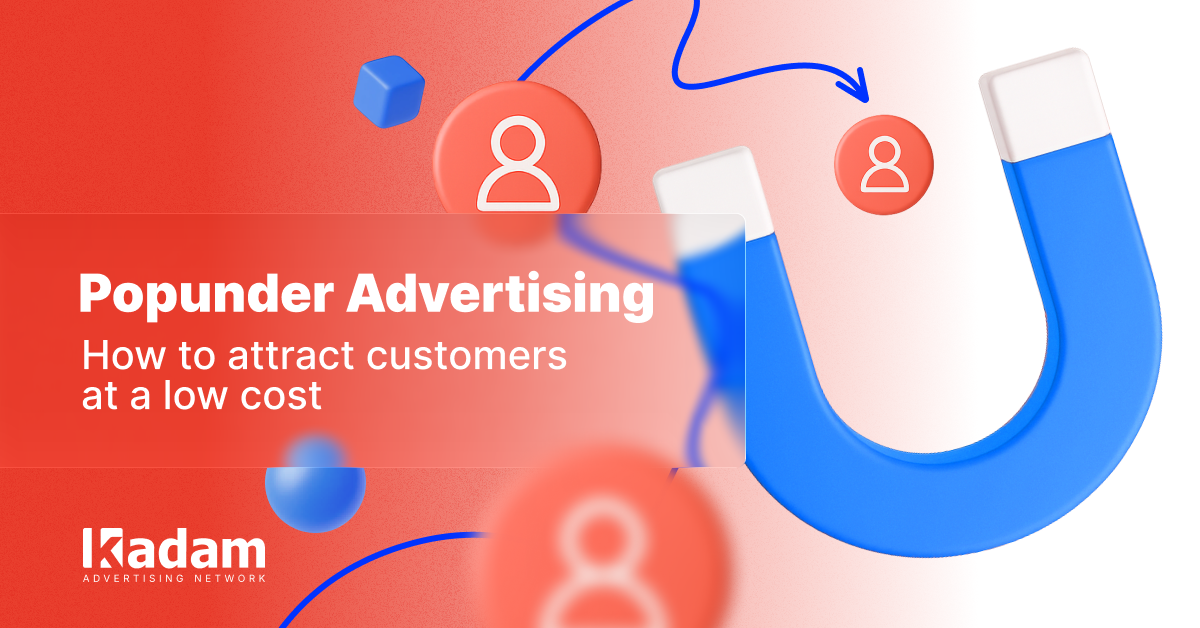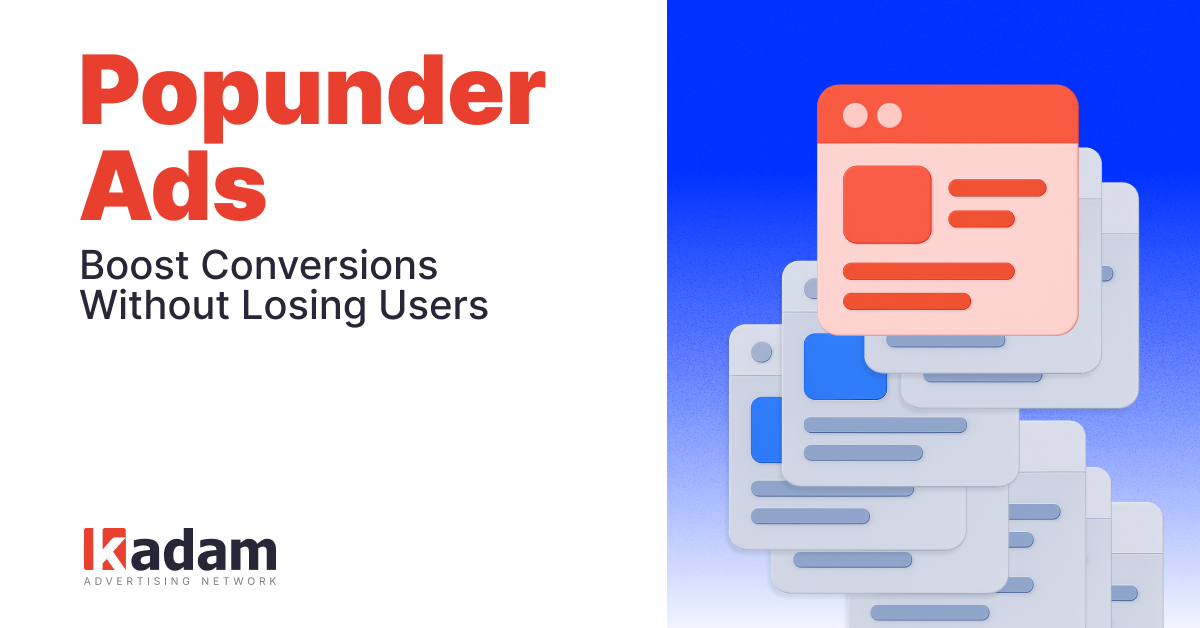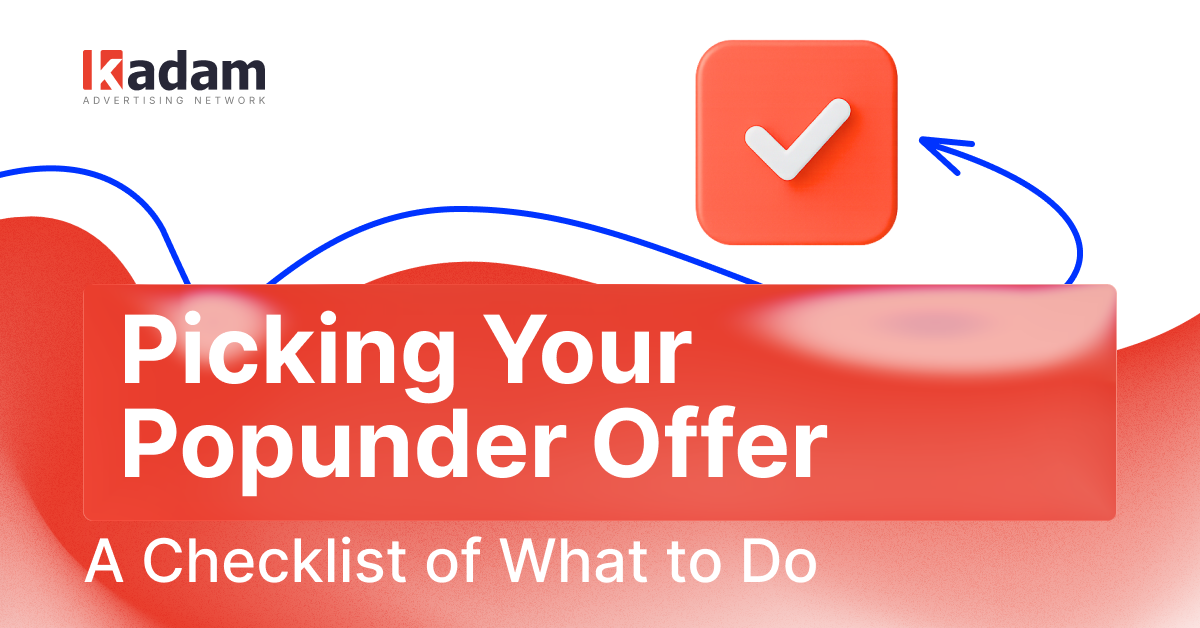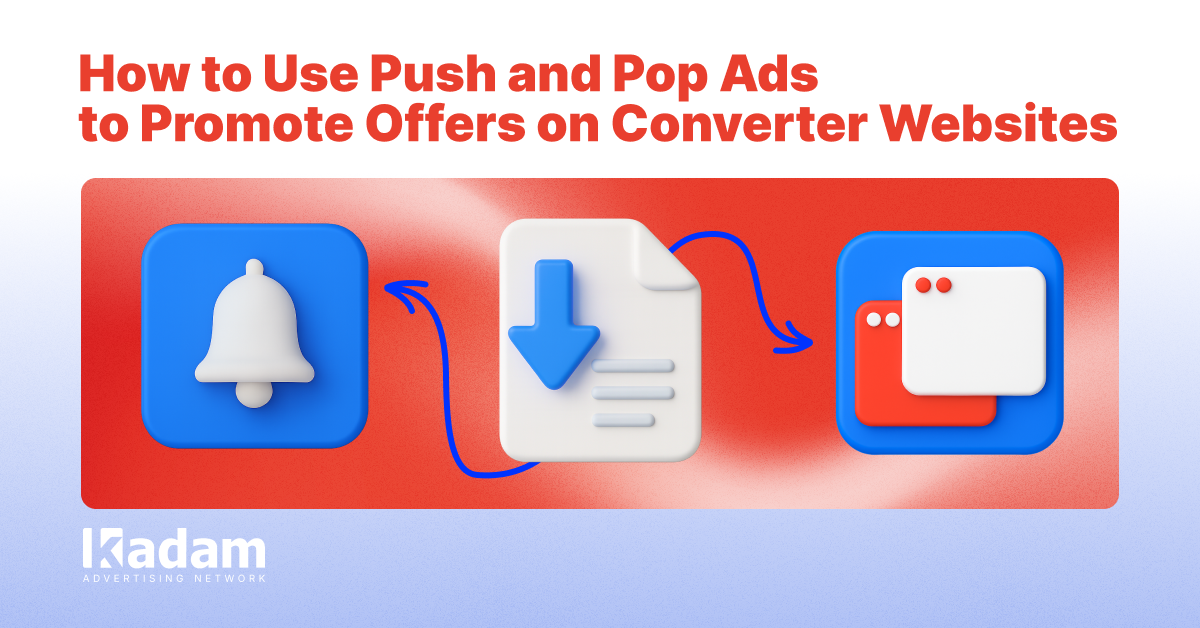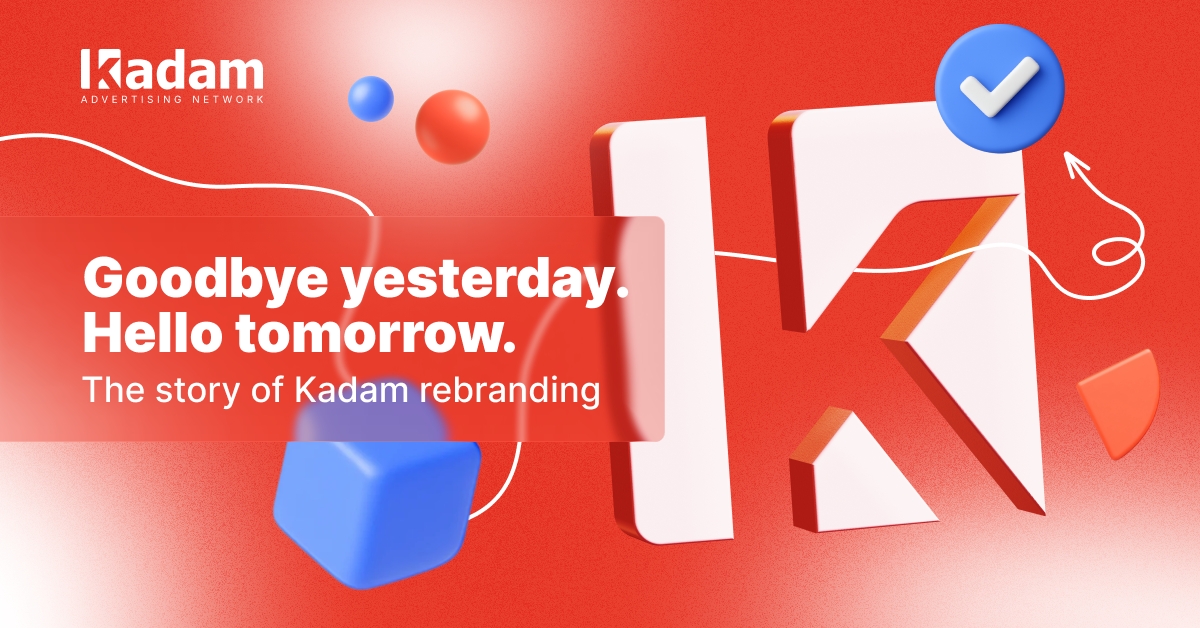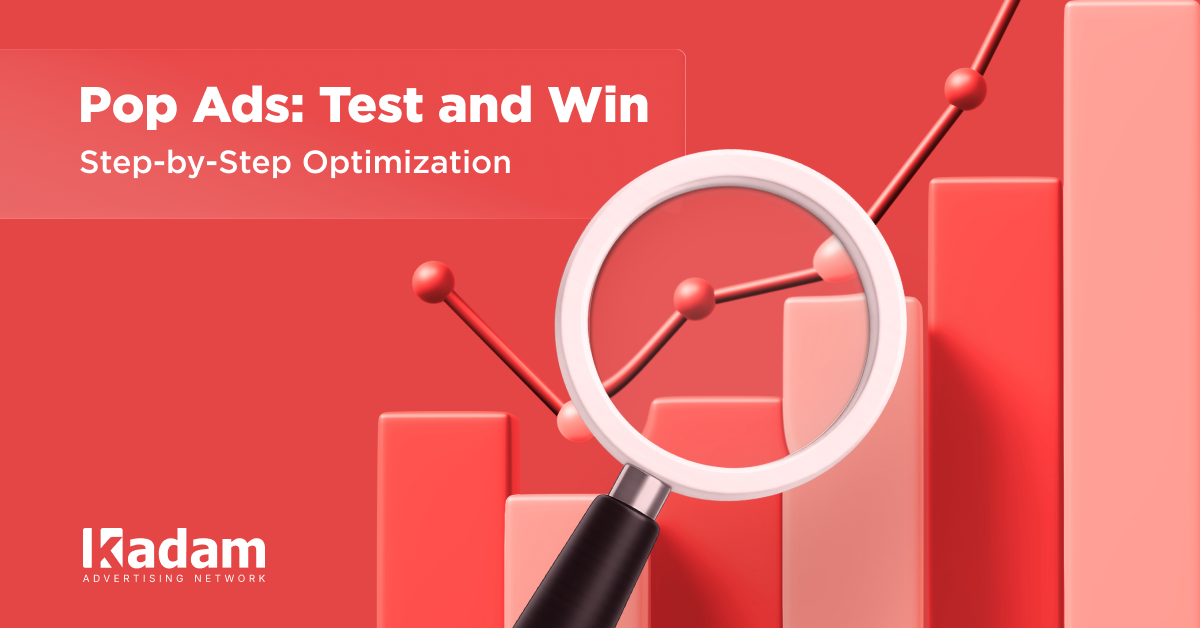
How to Properly Test and Optimize Pops Ads
Running pop ads without testing them is a surefire way to lose both money and conversions.
On this page, we’ll explain how to improve pop performance with regular testing and optimization.
05 Aug 2025
Running pop ads without testing them is a surefire way to lose both money and conversions. On this page, we’ll explain how to improve pop performance with regular testing and optimization.
Why Testing Pop Ads Is So Important
Pop traffic is affordable and easy to generate, but also unpredictable. Campaign testing pop ads allows you to figure out how to reach your chosen demographic. Without it, you’ll waste time and money on advertising that just doesn’t work.
The Impact of Testing on Scaling and ROI
Testing can help marketers identify top-performing markets, devices, and creatives, giving you all the necessary information to scale your business with confidence. This helps lead to steady conversion growth and, ultimately, can increase your ROI.
Why You Shouldn’t Skip Testing
Each and every offer performs differently, and often in surprising, unexpected ways. Rather than making likely incorrect assumptions about how well your ad campaign will work, you can use tests to gain actionable insights and plan effectively.
How to Set Up Effective Tests for Pop Ads
New to the realm of pop ads? In this section, we’ll explain how to test popunder and pop-up campaigns, starting right at the beginning.
Choosing Good Offers and Effective Landing Pages
When conducting popunder landing page tests, choose offers that will be popular among a broad variety of users and that use attention-grabbing landing pages with effective CTAs. This is the best way to gauge an ad’s efficacy, as it will appeal to a larger group.
Determining Minimum Traffic Volume
Testing an ad without many impressions means you won’t have a lot of usable data, and your results may not be very accurate. A common rule of thumb is to spend 3x the offer payout per test variation to gain a decent sample size.
Setting Up Trackers and Postbacks
Using trackers and postbacks can help you monitor conversion rates and other important metrics. Many of these tools allow you to implement IP filters and detect and blacklist bots.
Key Metrics to Monitor During Testing
When split testing pops to determine their efficacy, there are several key indicators you should remain aware of.
CR and CTR
Popunder conversion rate (CR) and click-through rate (CTR) are two of the most important metrics in marketing. Respectively, they tell you what percentage of people converted successfully and how many clicked your ad in the first place.
Identifying Bad Traffic
Traffic quality popunder testing is also important as it can tell you which ads are bringing in the highest quality leads. Low-quality traffic usually has high bounce rates, zero click activity, and activity sessions of just a few seconds.
How to Optimize Popunder and Pop-Up Campaigns
In this section, we’ll include a few tips to help you optimize your affiliate marketing pop ads.
Utilizing Auto-Rules, Blacklists, and Filters
Auto optimization tools can save you time and increase campaign efficiency by automatically updating budgets, bids, and statuses. You can also use blacklists to filter out bot-heavy ISPs and countries.
Knowing When to Adjust Bids and Creatives
If your CTR is low, you may need to try new headlines and landing pages to generate more clicks. On the other hand, if your CTR is high but your CR is low, you may need to adjust the offer itself to get better results.
Scaling vs Stopping a Campaign
You also need to know when to scale a campaign and when to stop it. In short, if you’re achieving successful, consistent results, it may be time to take your campaign to the next level. If you’re not, you may wish to stop it.
Common Mistakes to Avoid When Testing Pop Ad Campaigns
Tracking pop traffic and conducting regular campaign testing are essential for crafting effective advertisements. With that being said, there are some common mistakes you should be wary of to ensure maximum efficacy.
Testing Too Many Variables at Once
Tests should be focused, aimed at just one variable at a time. This eliminates any potential confusion and helps you gain accurate and helpful results.
Misleading Funnels and Creatives
Misleading creatives can lead to users having a low degree of trust in your company, which, in turn, can lead to higher bounce rates. Overpromising sets potential clients up for disappointment and creates a poor reputation for your business.
Underestimating Test Budgets for Popunder Campaigns
While it’s true that pop traffic is relatively affordable, proper testing requires high volumes. If you underestimate your budget, you won’t be able to gather enough data and may end up making false assumptions based on an incomplete picture.
FAQ
How much traffic do I need to test pop ads effectively?
The amount of traffic on the number of variables and what you want to test, but there are a number of sample size calculators online for you to check.
What is an acceptable CTR for pop traffic?
Click-through rates (CTR) vary by industry and according to the size of your company; generally, a good popunder CTR sits somewhere between 4% and 10%.
How do I know when to stop a popunder campaign for testing?
If your campaign hasn’t provided any conversions, you could stop it once it’s reached between 10 and 20 times the offer payout.
How can I tell whether my traffic is high or low quality?
Short session times, high bounce rates, low engagement scores, and low conversions are all indicative of low-quality traffic, so keep an eye out for these warning signs.
Can I use auto-rules for pop ads optimization?
Yes, you can use auto-rules to optimize pop ads; these can either be adjusted on the ad platform itself or in your tracker.








